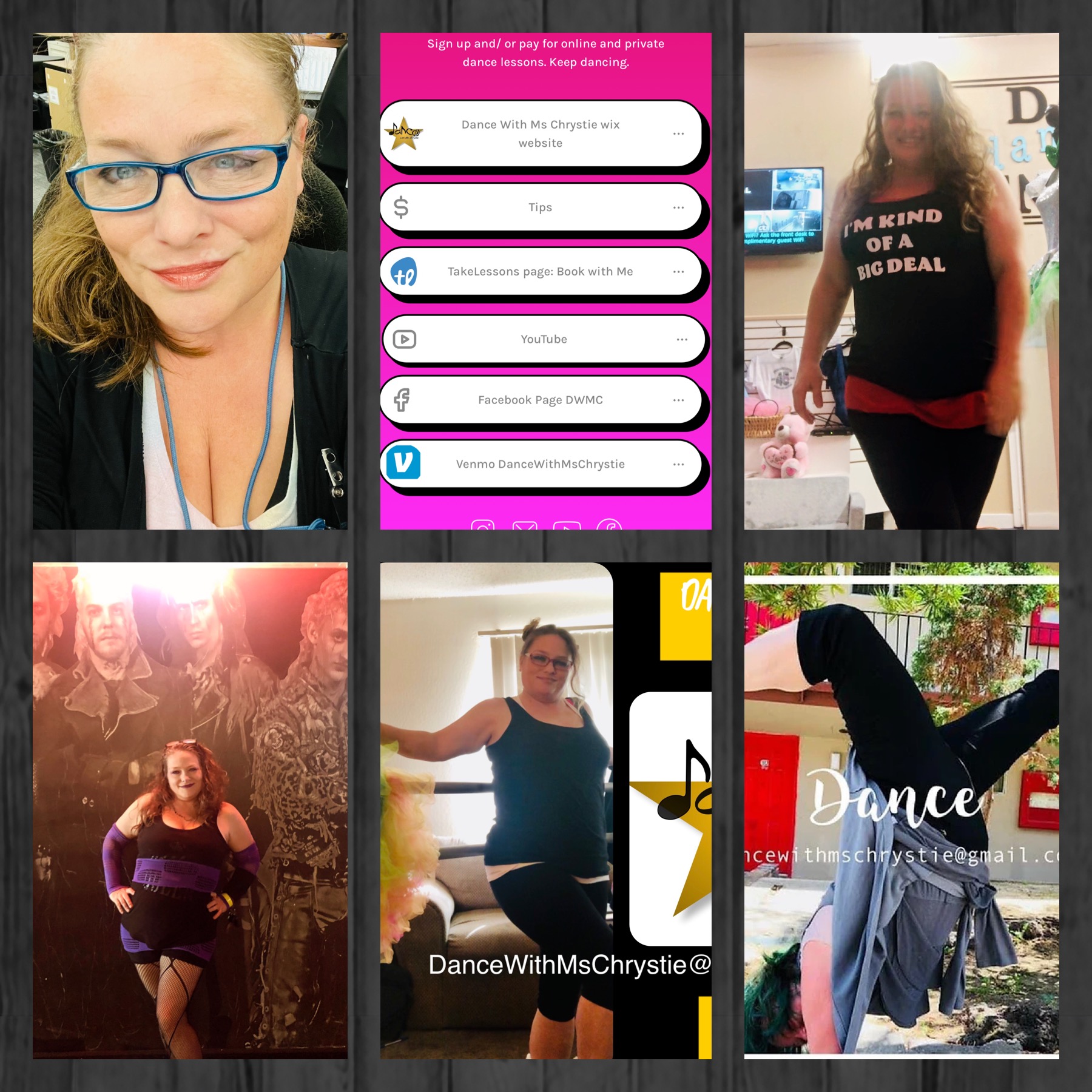What will my dancer learn in Musical Theatre Dance classes?
- dancewithmschrystie

- Aug 12
- 3 min read
Musical Theatre Dance classes provide a lively and engaging environment for dancers to explore a variety of dance styles while enhancing their performance skills. These classes go beyond learning dance steps; they focus on embodying characters, narrating stories, and appreciating the rich history of musical theatre. In a Musical Theatre Dance class, students dive into several dance styles that are vital to the genre. Each style has its unique charm and technique.
Jazz Dance: Known for its energetic and expressive movements, jazz is featured heavily in musicals. For instance, the dance numbers in shows like “Chicago” showcase a vibrant use of jazz.
Ballet: This style provides foundational techniques that help dancers develop grace and control, which can be seen in productions like “The Nutcracker.”
Tap Dance: This style adds a musical element, allowing dancers to create sound with their feet. A classic example is the iconic tap sequence in “42nd Street.”
Contemporary Dance: Encouraging personal expression and creativity, contemporary dance fits seamlessly into storytelling, making it essential for shows like “Dear Evan Hansen.”
By learning these styles, dancers become versatile performers capable of tackling diverse roles.
Character development is one of the most exciting aspects of Musical Theatre Dance. Dancers not only learn to move but also explore how to embody the characters they portray, grasping their motivations and emotions. Through activities such as character improvisation, dancers practice expressing a character’s journey through movement. This critical skill allows performers to create a genuine connection with the audience, making stories more relatable and impactful.
Musical Theatre Dance classes introduce students to various dance steps commonly seen in musicals.
Some classic moves include:
Jazz Square: A popular step that is used in countless musical numbers.
Grapevine: This lateral movement is often featured in group choreography during energetic ensemble pieces.
Kick-Ball-Change: A fundamental step that enhances technical versatility.
In addition to mastering these steps, students learn choreography from well-known musicals. For example, they may practice routines from “Hamilton,” helping them understand how each movement fits into the broader narrative of a performance. Mastering these techniques not only sharpens their skills but also readies them for auditions in the competitive musical theatre landscape.
At the core of Musical Theatre is storytelling, and dance plays a vital role in this process. Dancers learn how to utilize their bodies to express emotions and narrate a story without words. Through choreography, they explore how to evoke tension, joy, sadness, or excitement through their movements. This unique ability to tell a story through dance distinguishes musical theatre from other dance forms, making it a powerful art experience.
A strong understanding of musical theatre history is crucial for any dancer. Classes often include discussions on the evolution of musicals, from early vaudeville shows to contemporary Broadway hits.
Dancers learn about critical figures like Bob Fosse, whose choreography revolutionized musical dance. They also study iconic productions such as “West Side Story,” which reflects cultural themes still relevant today. This historical knowledge enriches their appreciation of the art form and influences their performance decisions, allowing them to connect with the material more profoundly.
Ultimately, Musical Theatre Dance classes offer a well-rounded education that goes beyond merely learning dance steps. Students gain valuable skills across various dance styles, character development, storytelling, and a deep understanding of musical theatre's rich legacy. Whether they aspire to shine on Broadway or enhance their overall dance abilities, participants will discover that these classes provide a rewarding and transformative journey.






Comments